Hiring Indian Remote Tech & Digital Talents: Recruiting Challenges, Checklist, and Onboarding Tips
- Raunak Jain
- September 8, 2023
- 6 Minute Read

The global tech industry is very competitive, with every company focusing on developing cutting edge next-gen solutions that will define the future. A key element for this success is hiring the best minds on the planet and retaining them. With local talents becoming more expensive and the growing economic challenges, global tech businesses are now hiring skilled talents remotely.
According to a survey, 77% of employers in the United States are struggling to find skilled tech talent, while India is expected to produce an excess of 1 million highly-skilled talents by 2030. This presents a major opportunity to global employers, as they can overcome the impending talent shortage by hiring remote tech talents from India.
“It has always been a daunting task; we’ve moved on the traditional policies of hiring- we no longer (probably after 2020 and seeing how easy and cost-effective it is to hire by expanding horizons) just hire talents from on-site, but hiring remotely- the right talents with the current job market landscape can be an overwhelming experience” – The hiring manager of a tech firm.
“Organizations now want to operate with a leaner team and apparently tighter budgets, but the pressure to hire the ‘right talent’ remains the same.” – Recruiter of an IT firm.
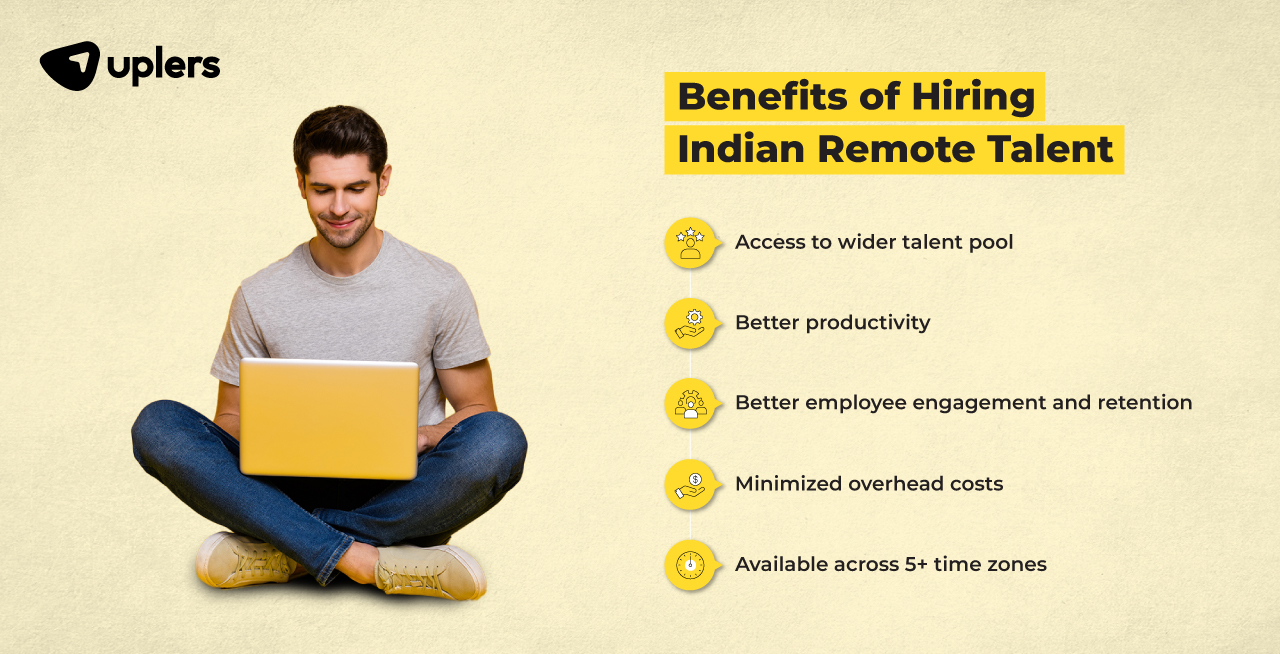
However, global employers require a level of preparedness and vision to effectively recruit remote talents from India. In this blog, we present a remote hiring checklist for improving your hiring strategy. We will also talk about how Uplers helps global tech companies hire from India in a faster, simpler, and more reliable way.
5 Things To Do While Hiring Remote Employees From India
- Define Job Role (JD)
- Research the Job Market
- Choose the Right Platform or Hiring methods
- Use Screening Tools
- Develop a Hiring Strategy
Here is a checklist of things to keep in mind before you hire remote employees in India.
Define the Job Role
A detailed and organized job description catches an applicant’s eye and removes any confusion or vagueness about the job role and responsibilities. It also helps the job listing in standing out from the crowd and interest top talents. A survey reveals that job descriptions as long as 700-2,000 characters have a good chance of receiving 30% more applications. A good job description must include the following points to leave a lasting impression:
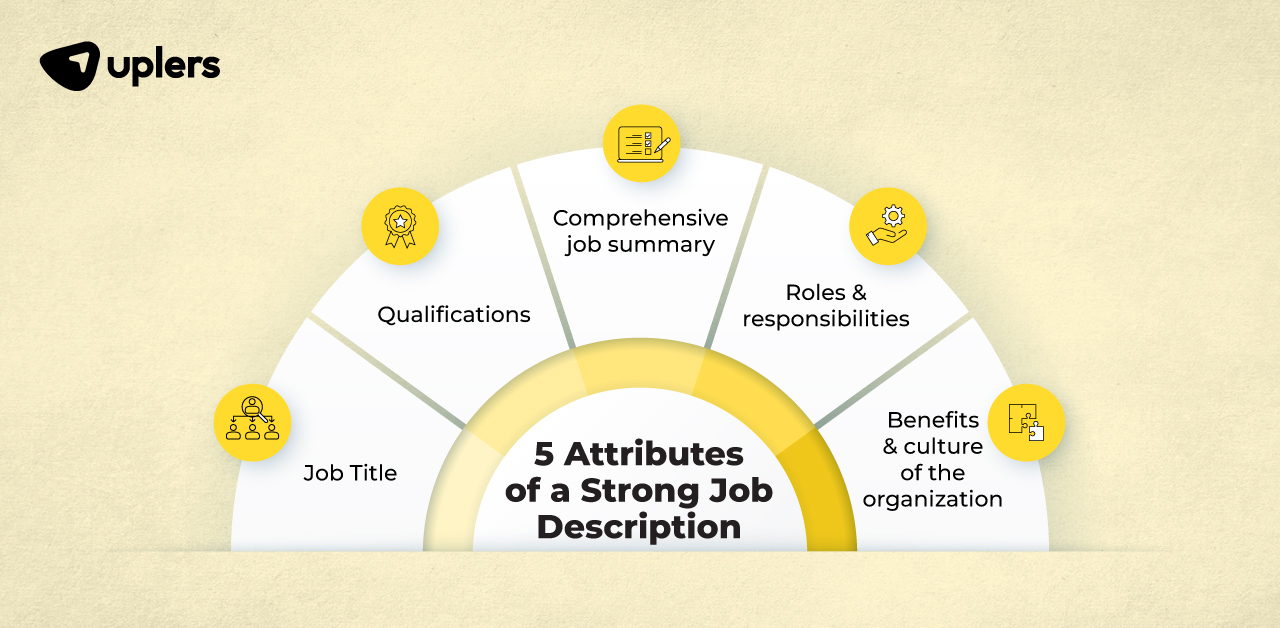
Research the Job Market
A thorough research on any job market is very crucial to the success of the hiring process. Before hiring for tech roles in India, you should conduct a research around the following:
- Number of top talents available for hire
- The right time to start recruiting
- Current salary trends
- Expected time-to-hire for the job role
Finding the time to start recruiting is of paramount importance, as it helps you plan the entire process. For instance, software developers in India graduate during March and May, which means global employers should target these months for them. Similarly, salary trends give you a general idea of how much the industry is paying for a particular tech role, so you can decide how much to offer top talents in order to attract them.
Use Screening Tools
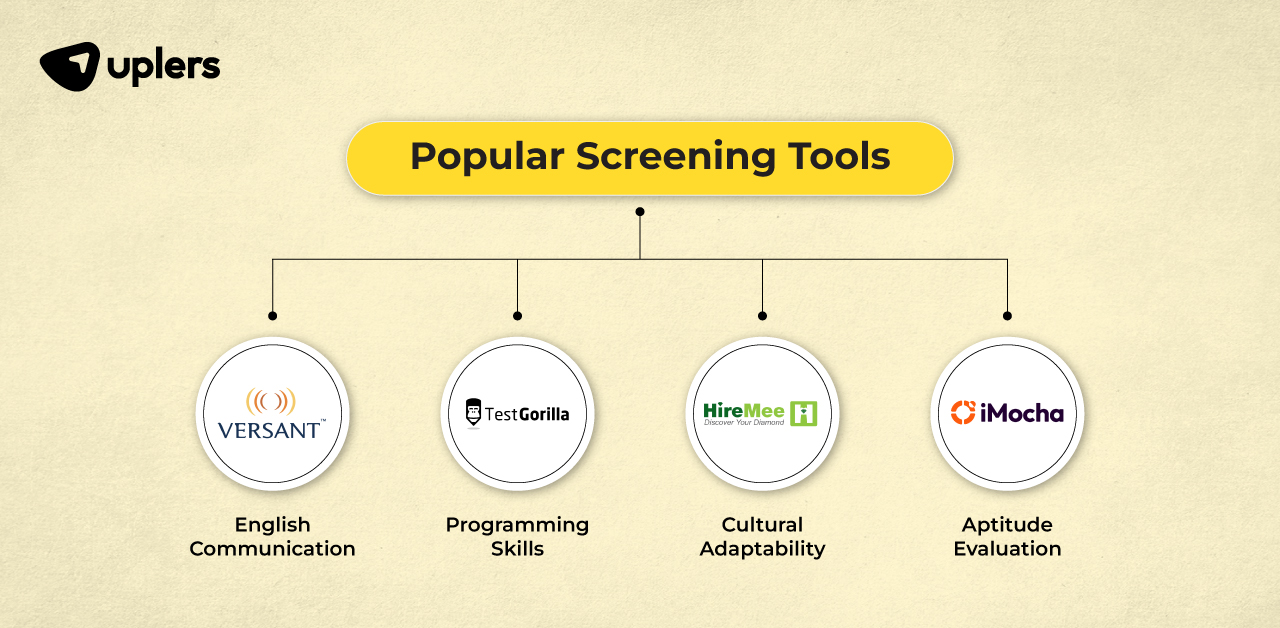
Identifying the right fit for your organization from a bunch of applications is a Herculean task. A smarter way to solve this problem is to use digital screening tools that evaluate candidates on numerous parameters. From technical proficiency to cultural adaptability, there are reliable screening tools available in the marketplace which can reduce the manual efforts while providing accurate assessment reports.
Develop a Hiring Strategy
The importance of an effective hiring strategy cannot be overstated as any company will be lost without it. Where the source of the talent comes from, how to optimize the process, the salary package to offer – all come under the gamut of hiring strategy. Read this blog to devise an effective talent acquisition strategy suitable for your business goals.
Understanding Remote Recruitment Challenges
Recruiting remotely is a demanding and challenging task. It takes time to populate the JD, sift through the applications, identify the right fit, avoid the wrong hire, and onboard the talent within a reasonable timeframe. Building a talent network that aligns with the organization’s goals is easier said than done.
In this blog, we will discuss the recruitment challenges global employers have to deal with and suggest solutions to overcome them.
9 Recruitment Difficulties Faced by HRs When Hiring Remotely From India: 2023
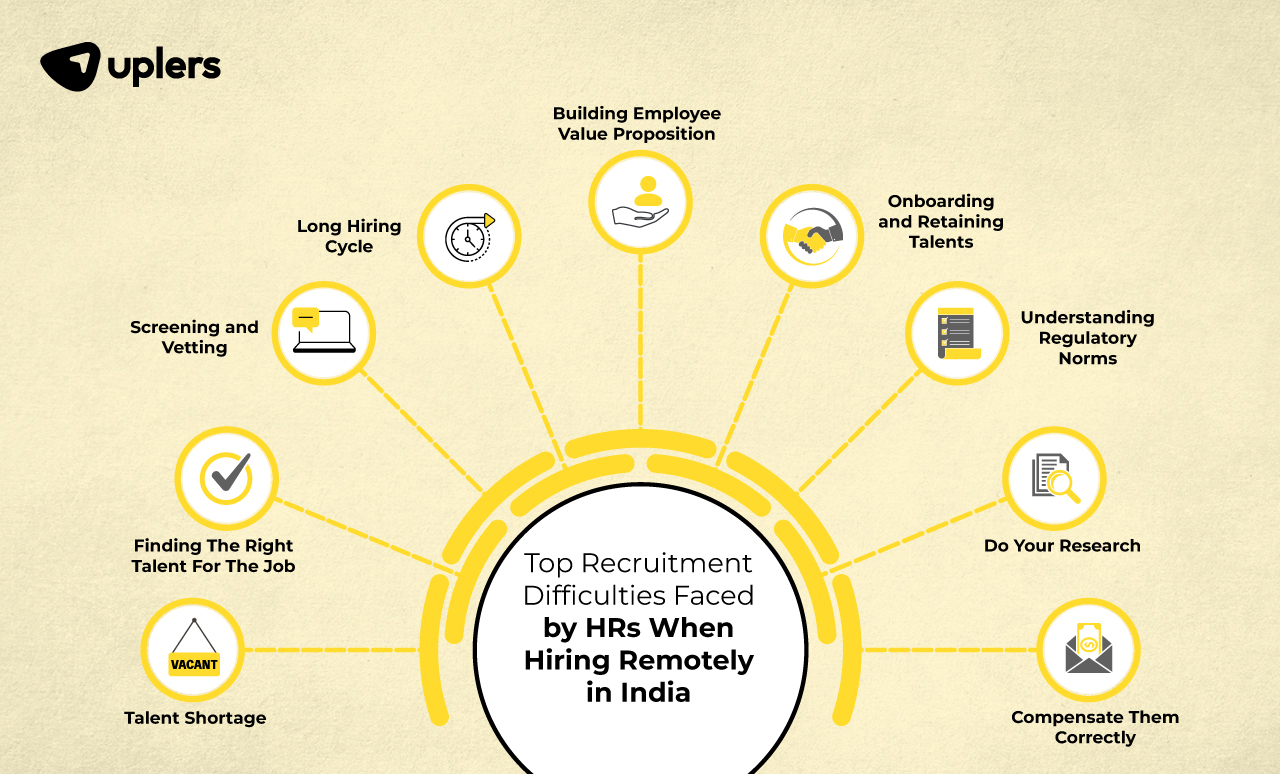
Talent Shortage
The current job market is very tough due to a large number of unskilled talents and a growing demand of tech experts to develop next-gen solutions. A study reveals that by 2030, the global tech talent shortage will rise to 85 million, leading to a loss of $8.5 trillion in revenue. The United States alone has a shortage of 6 million skilled tech talents, with a revenue loss of almost $162 billion. If left unchecked, this can grow into the most intimidating problem global recruiters will have to deal with in the future. Furthermore, recruiters are on a frenzy to quickly onboard top talents, or else the vacancy floats around for some time, increasing the operational and acquisition costs.
Finding The Right Talent For The Job
As per a hiring survey, 9 out of 10 recruiters found identifying the perfect fit for the job role to be challenging. And guess what, hiring managers spend more than 20 hours per week sifting and evaluating talents through their resumes, and more than 50% of profiles do not make it to the next round of interview. More than 68% of employers agree that these factors hinder their successful recruitment aspirations.
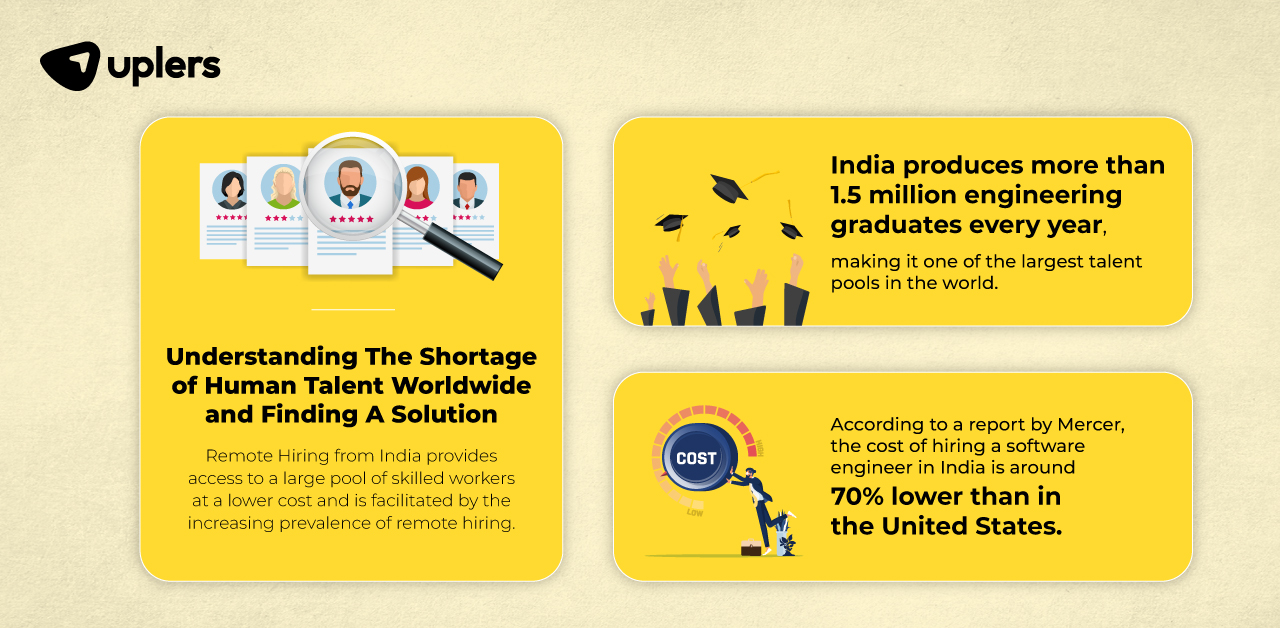
Screening And Vetting The Qualified Talent When Hiring
33.1% of hiring managers struggle to find a suitable remote candidate for their company. Even the typical vetting process involves human verification and ground operators for cross-checking data, ultimately amplifying the issues and lengthening the hiring cycle. Standard background checks are time-taking, and their legalities are often overlooked. Workflows optimized to give candidates a meaningful hiring experience are also absent, leaving a bad impression on potential talents.
Long Hiring Cycle
Recruiters aim to fill any open position as quickly as possible to avoid operational losses associated with the vacancy. However, a certain position needs the right time to source, vet, and hire the right fit. The biggest challenge today in this regard is the widening demand-supply gap of skilled talents, which makes it difficult for hiring teams to find and onboard the right candidates before they are employed elsewhere.
Compensate Them Correctly
Several recruiting managers have pointed out the challenge in gauging the market conditions for competitive salaries. As a matter of fact, companies lose more than 50% of candidates by that funnel stage, which makes it even more important to offer the right amount and onboard the talent quickly. The issue grows much larger when you are hiring Indian remote talents, as you have to compute the taxes and regulations that influence the salaries.
Understanding Regulatory Norms
Every global employer has to align with the Indian employment rules and regulations or risk facing severe legal problems. HR managers and recruiters must understand all the relevant compliance norms before hiring Indian remote talent. These norms highlight the formalities and deductions while employing Indian talents, and their mandatory benefits and perks in addition to the compensation.
Onboarding and Retaining Talents
A good onboarding experience sets the tone for the new hire and helps them adapt to the company culture. According to a survey, organizations with a strong onboarding experience enhanced had a new hire retention rate of 82%. However, the responsibilities of employers do not end with onboarding. Very often new hires face issues in understanding the workflow and the general practices of the company. In a remote workstyle, where employees are only connected virtually, it becomes difficult for new talents to acclimatize with the organization.
A good remote onboarding process should help new talents in:
- Identifying their responsibilities
- Getting familiar with the digital tools and platforms
- Aligning with the company culture
- Bonding with the team members
Besides, an excellent onboarding experience is also a friendly and thoughtful gesture towards the new hires.
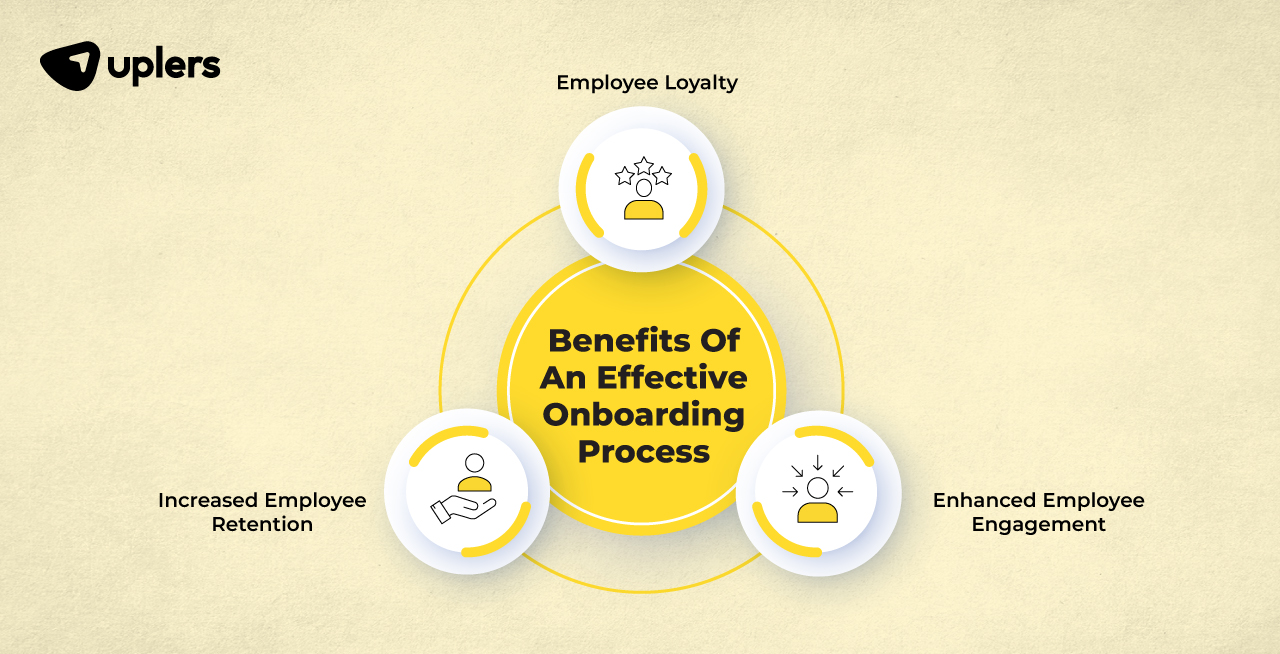
Hire Indian Talents Confidently With Uplers
If you are looking for AI-vetted top Indian remote talents who are a professional and cultural match for your organization, think of Uplers.









